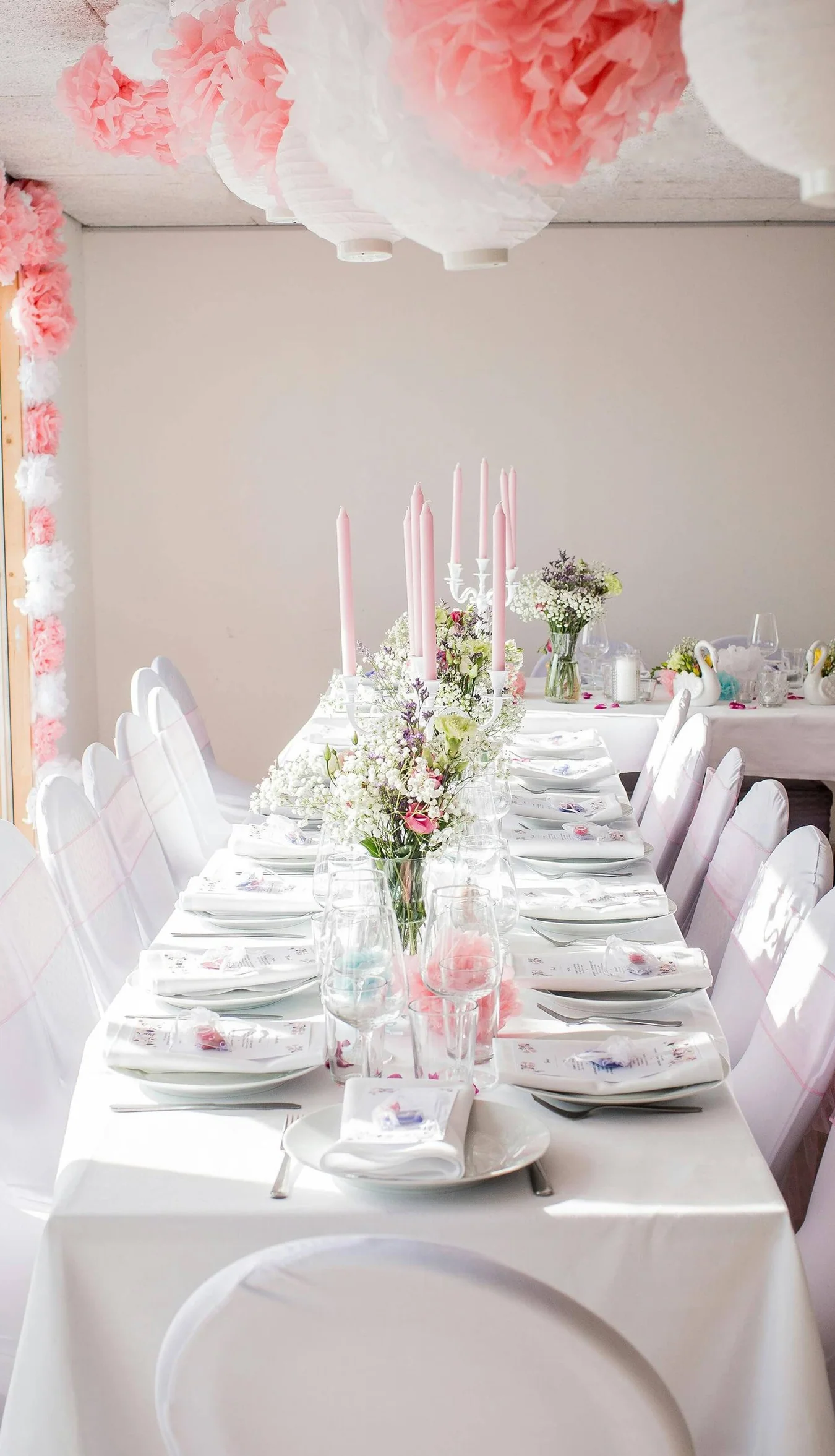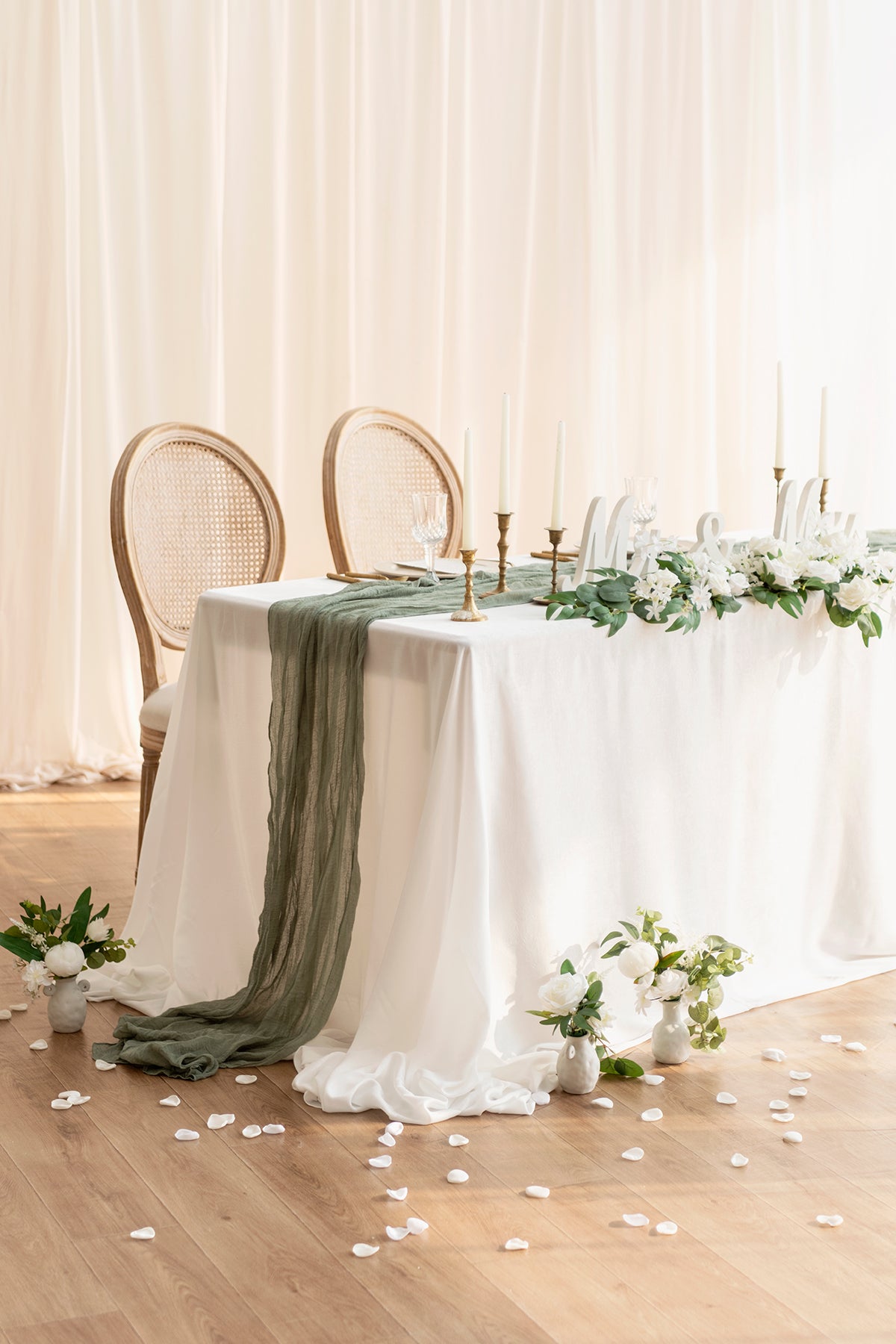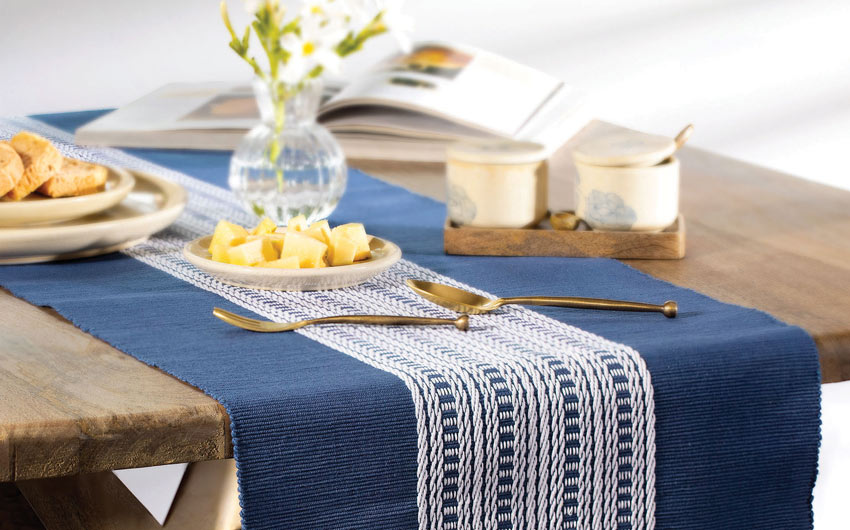Stunning Table Cloths: Improve Your Dining Room Design
Stunning Table Cloths: Improve Your Dining Room Design
Blog Article
Linen Material Technologies: Exploring Modern Trends and Creative Applications in Style and Textile Industry
From sustainable manufacturing approaches to sophisticated weaving modern technologies, the advancement of bed linen is improving the landscape of the textile industry. As we delve right into the worlds of innovative design applications and the emergence of linen blends and crossbreed fabrics, a new chapter unravels in which linen's function in future textile technologies takes center stage.
Lasting Practices in Bed Linen Manufacturing
Lasting methods in linen manufacturing have become increasingly crucial in the fabric sector's initiatives to reduce ecological influence and promote moral sourcing approaches. Linen, an all-natural fiber originated from the flax plant, provides a variety of benefits such as biodegradability, breathability, and sturdiness. Nevertheless, standard techniques of linen manufacturing can involve substantial water intake, chemical use, and energy-intensive processes.
To address these difficulties, many textile suppliers are taking on sustainable methods throughout the bed linen production process. This consists of sourcing flax from natural farms that prevent hazardous chemicals and chemicals, executing water-efficient retting methods to remove fibers from the flax stalks, and utilizing eco-friendly dyes and surfaces. In addition, some business are buying renewable power resources to power their production centers and decreasing waste via recycling and upcycling initiatives.
Technical Improvements in Bed Linen Weaving
With the growing focus on lasting techniques in linen production, the textile market is currently observing a surge in technical innovations specifically aimed at reinventing the art of bed linen weaving. These technologies are improving the means bed linen fabrics are created, using boosted performance, top quality, and creative thinking in weaving techniques.
One of the key technological innovations in bed linen weaving is the integration of electronic looms. These sophisticated looms are furnished with software application that permits detailed and intricate designs to be woven with accuracy. By digitizing the weaving process, suppliers can achieve greater uniformity and precision in their bed linen materials.
Moreover, developments in yarn spinning technology have made it possible for the manufacturing of finer and even more long lasting linen yarns - table cloths. This causes softer and smoother bed linen materials that retain their high quality even after multiple usages and laundries
Additionally, the development of green dyeing procedures and surfaces for linen textiles is obtaining traction. These sustainable techniques not only reduce the environmental influence however also provide to the boosting consumer need for fairly produced fabrics.
Creative Layout Applications for Linen
Cutting-edge artistic strategies are increasingly shaping the imaginative style applications for linen in the textile market. Bed linen's all-natural aesthetic charm and capacity to mix with other textiles make it a favorite option for developing unique garments and accessories that provide to the eco conscious consumer.
Moreover, designers are trying out bed linen in home style, utilizing its breathable and resilient nature to craft fashionable furnishings such as curtains, bedding, and upholstery. The appearance and drape of bed linen bring a feeling of sophistication and comfort to interior spaces, adding a touch of sophistication to modern-day homes.

Linen Blends and Hybrid Fabrics

Crossbreed fabrics, on the various other hand, take the idea of blending an action additionally by incorporating added aspects such as metallic strings, Go Here recycled materials, or conductive fibers. These innovative fabrics not only increase the style possibilities however also present practical facets like conductivity, antimicrobial buildings, or improved resilience. Crossbreed materials are significantly being utilized in numerous markets, consisting of fashion, indoor layout, and technological textiles, where the need for multifunctional materials gets on the surge.
Linen's Function in Future Textile Innovations

In the world of future textile developments, bed linen is anticipated to be a principal in the advancement of innovative functional fabrics. Developers and scientists are exploring ways to enhance bed linen's integral high qualities through technological improvements, such as including clever textiles, nanotechnology, and performance finishes. These developments aim to raise linen's performance qualities, making it appropriate for a more comprehensive variety of applications, from activewear to protective garments.
Additionally, the mix of bed linen with various other all-natural or synthetic fibers opens up unlimited possibilities for creating novel textiles with unique homes and performances. By leveraging linen's characteristics and exploring innovative blends, the textile sector is positioned to present interesting advancements that accommodate evolving customer demands and sustainability demands.
Final Thought
To conclude, the expedition of lasting methods, technological developments, creative style applications, bed linen blends, and its duty in future textile innovations highlight the continual advancement of linen material in the modern table cloths layout and fabric pop over to this web-site industry. With a concentrate on technology and imagination, the flexibility and environment-friendly nature of linen make it a beneficial product for manufacturers and developers alike, leading the way for additional developments and innovations in the field of fabrics.
As we dig into the worlds of creative layout applications and the development of bed linen blends and hybrid textiles, a new phase unfolds in which bed linen's function in future fabric developments takes facility stage.
Discovering the fusion of bed linen with other materials has led to the introduction of innovative blends and crossbreed fabrics in the contemporary fabric industry. Linen blends supply a distinct mix of the qualities of bed linen with those of other fibers, resulting in materials that have enhanced residential or commercial properties such as raised sturdiness, boosted draping, and lowered wrinkling.The development of bed linen blends and hybrid materials has actually set the stage for Linen to play a crucial role in driving future textile advancements.In the world of future fabric developments, linen is anticipated to be a vital gamer in the development of sophisticated useful textiles.
Report this page